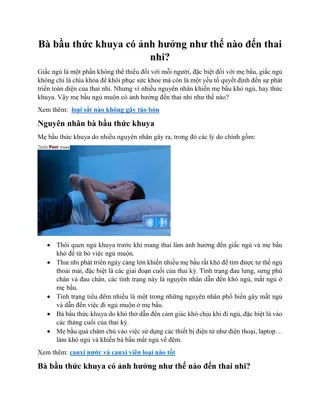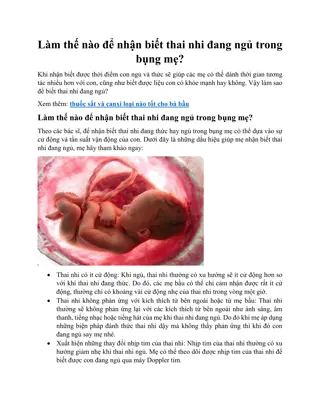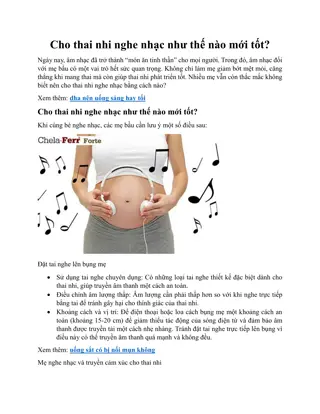Revisiting the Impact of the Small Business Lending Fund
The Small Business Lending Fund (SBLF), established in 2010, aimed to provide capital to community banks to boost small business lending. This study analyzes the program's effectiveness, indicating that while SBLF participants showed faster small business lending growth, the program didn't significantly increase overall lending volumes. The findings shed light on the nuances of the SBLF's impact on small business lending.
Download Presentation

Please find below an Image/Link to download the presentation.
The content on the website is provided AS IS for your information and personal use only. It may not be sold, licensed, or shared on other websites without obtaining consent from the author.If you encounter any issues during the download, it is possible that the publisher has removed the file from their server.
You are allowed to download the files provided on this website for personal or commercial use, subject to the condition that they are used lawfully. All files are the property of their respective owners.
The content on the website is provided AS IS for your information and personal use only. It may not be sold, licensed, or shared on other websites without obtaining consent from the author.
E N D
Presentation Transcript
The Impact of the Small Business Lending Fund Revisited Dean Amel and Traci Mach Federal Reserve Board October 13, 2017 The views expressed herein are those of the authors. They do not necessarily reflect the opinions of the Federal Reserve Board or its staff.
The SBLF Established by Congress in September 2010 Designed to provide capital to community banks and community development loan funds to encourage small business lending BHCs with < $10 billion in assets were eligible Limits on SBLF funding are more stringent for BHCs with > $1 billion in assets Problem banks need not apply
More on the SBLF The initial interest rate on SBLF capital was from 1% to 5%, with the lowest rate if banks increased their small business lending by at least 10% After 2 years, the rate increased to 7% if the bank didn t increase its small business lending After 4 years, the rate increased to 9% if funds had not been repaid Was different from, but often used to repay TARP loans
Motivation Treasury reports indicate that SBLF increased small business lending by $12.5 billion over baseline levels Report 35-40% increase compared to 7-11% for peers Seems high given evidence on small business lending from Call reports
Dollars outstanding loans to businesses
Our paper We conduct a standard economic analysis of the effect of the SBLF program Use a diff-in-diffs approach comparing participating banks to non-participating banks and controlling for economic and demographic differences in local economic markets
Preview of our findings Banks that participated in the SBLF increased their small business lending significantly faster than other community banks Results very similar to Treasury findings However, SBLF participants were increasing their small business lending faster than other banks before the SBLF was introduced Program does not appear to have significantly increased the volume of small business loans
Independent variables SBLF participation dummy CPP participation dummy ln(bank assets) ln(market population) ln(market per capita income) ln(# of business establishments in market) Market unemployment rate Market HHI % of market deposits held by small depositories Market CoreLogic House Price Index Rural market dummy
Our sample Covers 2006-2013 Community banks Can be banks or thrifts Belong to a BHC with < $10 billion in assets Are 2 years old Derive > 70% of their deposits from one local banking market Define markets as MSAs or rural counties
Results of multiyear regression SBLF participation 0.0947*** (0.0108) Yield estimates similar to Treasury estimates of the impact of the program
Results of yearly regressions 2006 0.0546* 2007 0.0393 2008 0.0953** 2009 0.0850*** SBLF (1.650) (0.657) (2.166) (3.168) SBLF 2010 0.123*** 2011 0.134*** 2012 0.0914*** 2013 0.118*** (5.600) (7.807) (4.479) (8.650)
Results from diff-in-diff model (2010-11) (2008-09) 0.0217 (0.363) (2010-12) (2007-09) 0.0204 (0.411) (2010-13) (2006-09) 0.0195 (0.396) SBLF
Interpretation of results SBLF participants increased their small business lending by about 10% compared to other community banks However, this was true both before and after the SBLF was created Formal diff-in-diff-in-diff regressions confirm that the SBLF did not have a significant effect on bank behavior
Revisiting program participants SBLF offered a supply-side solution to a demand- side problem Small dollar C&I lending finally returned to pre-crisis levels Demand still looks depressed Did program participation poise these banks to lend more than non-participants as demand increased?
Results of multiyear regression SBLF 0.0855*** (10.49) Slightly smaller than previous coefficient estimate
Results of yearly regressions 2013 0.114*** 2014 0.0578*** 0.0261** 2015 SBLF (8.235) (4.411) (2.064) Still positive, but declining coefficient estimates
Results from diff-in-diff model (2014-12) (2011-09) -0.0801*** (-2.103) (2015-12) (2011-08) -0.129** (-2.265) (2016-12) (2011-07) -0.0758 (-0.950) SBLF
Conclusions The SBLF does not appear to have increased the volume of small business lending The current results indicate that while participants initially increased their small business lending relative to non- participants, this increase has declined each year after 2011





















